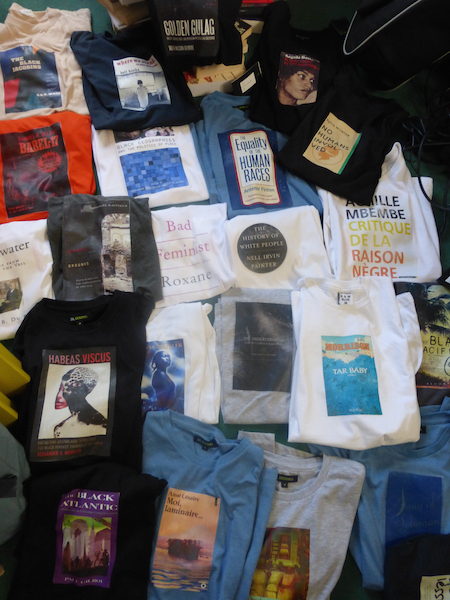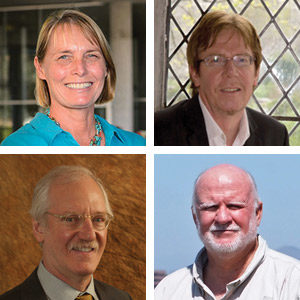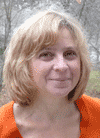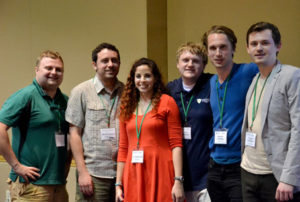NIMHD: Advancing Health Disparities Interventions Through Community-Based Participatory Research
Research supported by the National Institutes of Health (NIH) has resulted in an increasing growth in knowledge of the complexity of the interactive factors influencing health across the life course. There is extensive research evidence that report poorer health outcomes for socially disadvantaged populations, including low-income and racial and ethnic groups. Many community health promotion and disease prevention programs fail for various reasons that include the lack of a participatory approach or cultural sensitivity, despite the recommendation for tailored and multilevel interventions.
The National Institute of Minority Health and Health Disparities (NIMHD) within NIH has released a funding opportunity announcement (FOA), Advancing Health Disparities Interventions Through Community-Based Participatory Research (RFA-MD-15-010), seeking applications designed to support promising community interventions using community-based participatory research (CBPR) principles and approaches aimed at reducing and eventually eliminating health disparities. The FOA follows a 2012-issued FOA, NIMHD Community-Based Participatory Research (CBPR) Initiative in Reducing and Eliminating Health Disparities: Planning Phase, (RFA-MD- 12-006).
NIMHD’s CBPR program goal is to promote and support collaborative interventions that involve all of the relevant components in the translational research process: planning, implementing, evaluating, and dissemination. In the health disparities framework, this includes partnership approaches that focus on changing the determinants of health or the community conditions and environment. It is a research approach that may begin with a needs assessment to identify a health-related issue for action, or a community-led proposal on an identified need or matter of importance to the community.
For NIMHD’s purpose, the FOA identifies “community” as referring to a population that may be defined by geography, race, ethnicity, culture, gender, illness or other health condition, or to groups that have a common health-related interest or cause. Appropriate research intervention topics include, but are not limited to: adversity and chronic stress, tobacco use and substance abuse, healthy sexual behaviors, intentional or unintentional injuries and violence, preventive behaviors, and healthy lifestyle behaviors. The Institute is also interested in the specific research areas of multi-level interventions that include a combination of individual group and/or community-level intervention components, interventions that include health information technology applications and/or social media elements, and interventions that draw upon existing community resilience or strengths.
This FOA is open to current NIMHD CPBR planning grantees and their community coalitions, and to other applicants poised to implement and evaluate promising broad scale interventions using CBPR methods. The intervention study is required to take place in the U.S. or U.S. Territories or Possessions. Applications are due August 3, 2015.
Courtesy COSSA Washington Update

 April 25, 2015 saw the induction of
April 25, 2015 saw the induction of 

 As a special surprise to all, the founder of the World Geography Bowl Neal Lineback and other members of the Retired Geographers Association, including Richard and Susan Nostrand, Will Rense and Marvin Baker delivered eight boxes of delicious Chicago-style deep-dish pizza for the gathering crowd of contestants and audience members.
As a special surprise to all, the founder of the World Geography Bowl Neal Lineback and other members of the Retired Geographers Association, including Richard and Susan Nostrand, Will Rense and Marvin Baker delivered eight boxes of delicious Chicago-style deep-dish pizza for the gathering crowd of contestants and audience members.